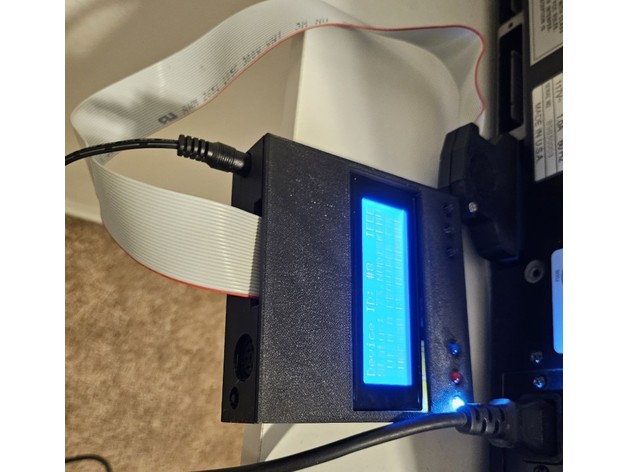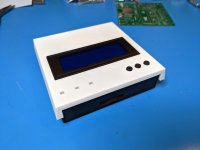Eudimorphodon
Veteran Member
Right now only SAVE and LOAD commands, but he is looking into adding DOS Wedge shortcut commands.
Okay. I was mostly just curious about the DOS wedge stuff because I'm trying to justify my decision to go with BASIC 2.0 instead of 4.0 for the project I'm working on. I know BASIC 4.0 has improved garbage collection, but my impression at least was almost all the rest of that additional 4k it takes up was the DOS extensions.
Why would anyone want relative file support? Are there any legacy programs that use them? The biggest name database program is 'Data file Handler' and its only uses .seq files albeit with assembly routines.
Personally I don't really care; if it can do .seq that probably covers any use case I might care about.


